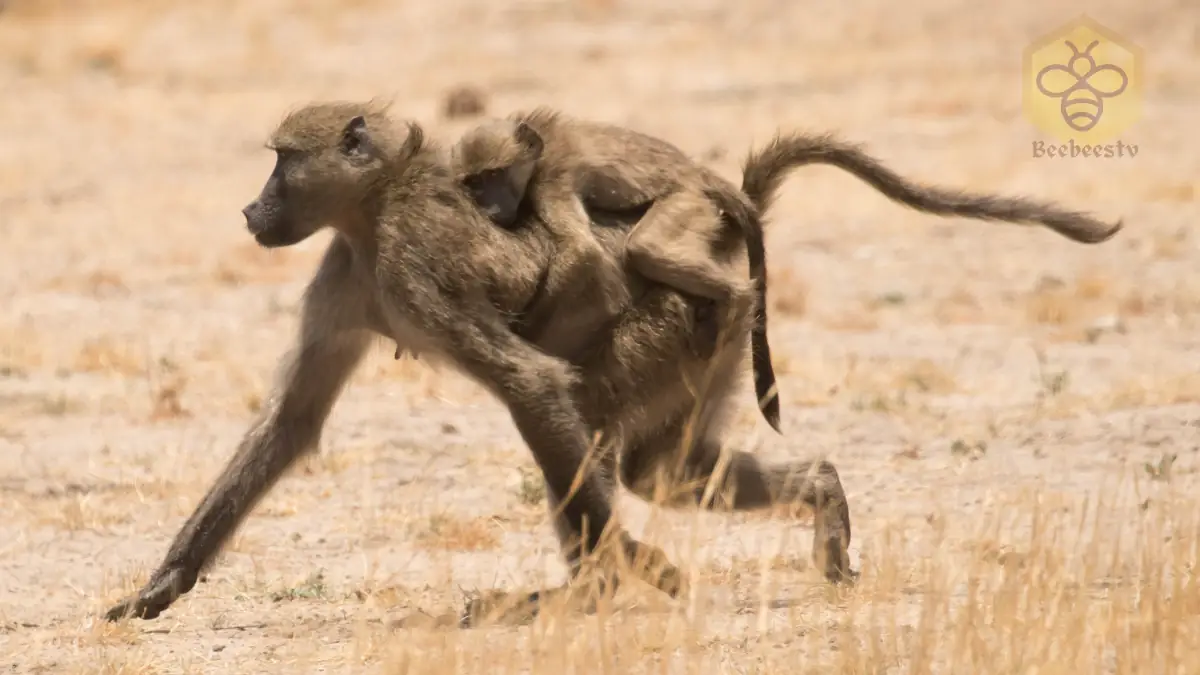Baboons: The Smartest Primates
Baboon
Introduction
Baboons are one of the most fascinating members of the primate family. Known for their intelligence, social behavior, and adaptability, they are often seen in various parts of Africa and Arabia.
Scientific Overview
Scientific Name
Papio spp.
Common Name
Baboon
Scientific Classification
Types
They are classified into five species:
- Chacma Baboon (Papio ursinus)
- Olive Baboon (Papio anubis)
- Yellow Baboon (Papio cynocephalus)
- Guinea Baboon (Papio papio)
- Hamadryas Baboon (Papio hamadryas)
Habitat and Distribution
Baboons are native to:
- Africa: Found across savannas, woodlands, and mountainous regions.
- Arabia: Hamadryas baboons are particularly found in the Arabian Peninsula.
Their adaptability allows them to survive in various habitats, including arid and semi-arid areas.
Physical Characteristics
Size and Weight
- Length: 20–45 inches (50–115 cm), excluding the tail.
- Weight:
- Males: 50–100 pounds (22–45 kg).
- Females: 30–50 pounds (13–22 kg).
Appearance
- Fur: Typically gray, brown, or olive, depending on the species.
- Face: Long snouts and distinctive muzzles with sharp canine teeth.
- Tail: Curved and used for balance, though not prehensile.
Diet and Feeding Habits
Baboons are omnivores, with diets that include:
- Fruits, Seeds, and Leaves: Their primary diet in the wild.
- Insects and Small Animals: Occasionally hunt small mammals or raid bird nests.
- Human Crops: In some areas, they raid farmlands, leading to human-wildlife conflicts.
Predators and Threats
Natural Predators
- Lions
- Leopards
- Crocodiles
- Hyenas
Human-Related Threats
- Habitat loss due to agriculture and urbanization.
- They are hunting and trapping in areas where they are considered pests.
Reproduction, Babies, and Lifespan
Reproduction
- Mating System: Depending on the species, polygynous (multiple mates) and single-pair bonding.
- Gestation Period: About 6 months.
Babies
- Birth: Usually one infant per pregnancy.
- Care: Mothers are highly nurturing, and infants cling to their mother’s fur for months.
Lifespan
- In the wild: 20–30 years.
- In captivity: Up to 45 years.
Population and Conservation Status
Most baboon species are classified as Least Concern by the IUCN. However, human-wildlife conflict and habitat degradation continue to pose threats.
Behavior and Lifestyle
Social Structure
Baboons live in troops ranging from 10 to over 100 individuals. Their hierarchy is complex, with dominant males and tightly-knit female groups.
Communication
They communicate using vocalizations, facial expressions, and body gestures. Grunts, barks, and screams are common.
Day-to-Day Activities
They are diurnal, spending their days foraging, grooming, and interacting socially, and their nights resting in trees or cliffs for safety.
Ecological Role
Baboons help maintain ecosystem balance by:
- Seed Dispersal: Eating fruits and spreading seeds.
- Pest Control: Eating insects and small animals.
FAQs About Baboons
- Are baboons dangerous to humans?
While they are not naturally aggressive, they can become defensive or hostile if they feel threatened or habituated to humans. - What is the largest species of baboon?
The Chacma Baboon is the largest, with males weighing up to 100 pounds. - Why do baboons have long canine teeth?
Their sharp canines are used for defense, dominance displays, and sometimes hunting. - Can baboons live in cities?
In some regions, they adapt to urban environments, often scavenging food, which leads to conflicts. - Do baboons have predators?
Yes, they are hunted by large carnivores like lions and leopards, and occasionally targeted by humans.
Conclusion
Baboons are intelligent and social creatures, perfectly adapted to their diverse habitats. Despite facing threats from human activities, they continue to thrive in the wild. Understanding and protecting baboons is essential, not just for their survival but for maintaining the ecological balance they contribute to.
